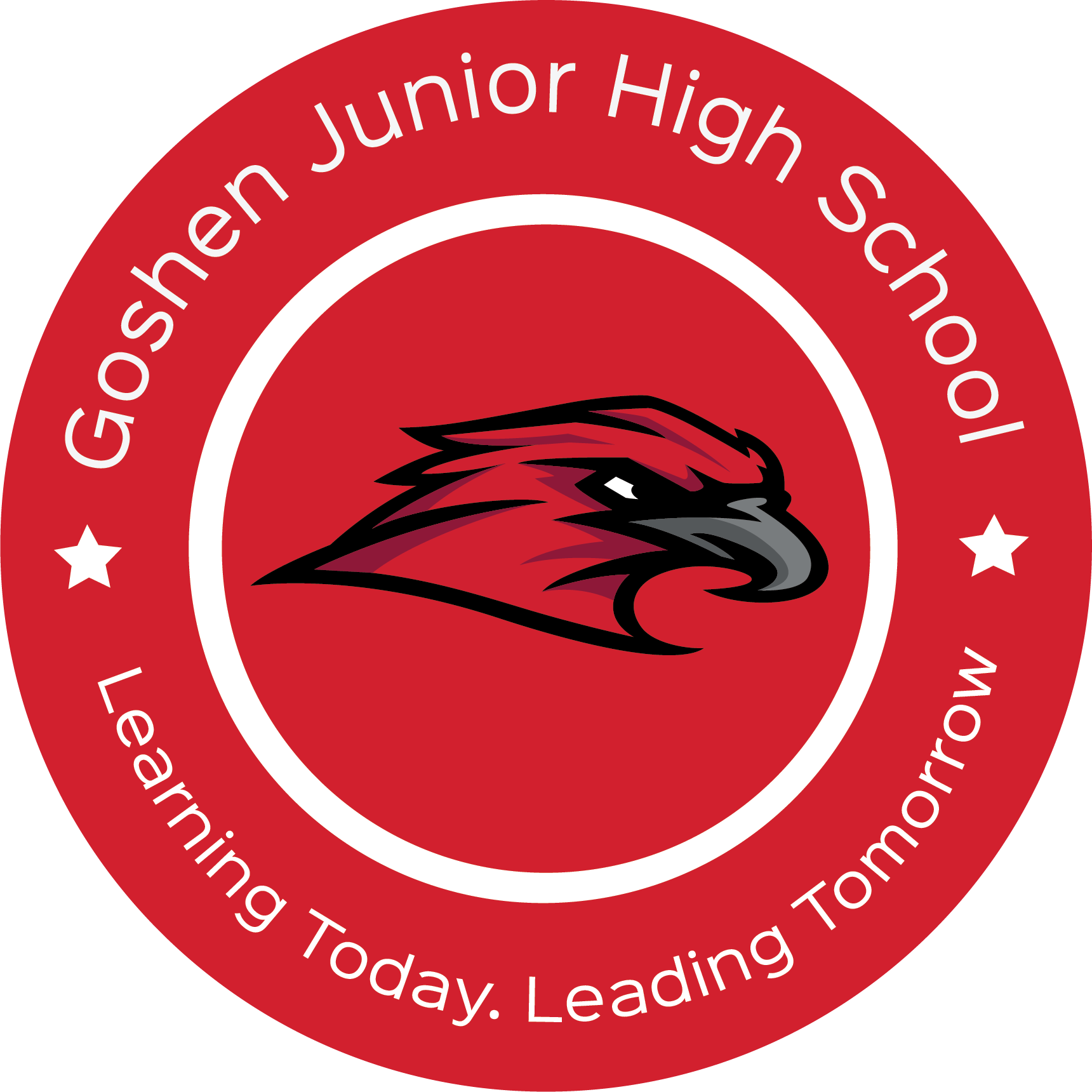Four Point Scale (English)
What is standards-based grading?
Standards-based grading communicates how students are performing on a set of clearly defined learning targets called standards. These standards are mandated by the Indiana Department of Education and systematically taught to students through children friendly language called “I can” statements. The purpose of standards-based grading is to identify what a student knows, or is able to do, in relation to pre-establish learning targets, as opposed to simply averaging grades/scores over the course of a grading period, which can mask what a student has learned, or not learned, in a specific course.
Why change it??? Isn’t a “4” an “A” anyway?
Well, no. Suppose that a 4 IS similar to that of an A. What does it mean to receive an A-? Does that mean that “it”, whatever “it” is, is close but not perfect? GREAT! Okay! So what is the difference between an A- and a B+? By establishing a numerical system related to standard mastery, students and parents gain knowledge about which standards are fully understood and mastered.
How does standards-based grading differ from traditional grading?
Unlike with traditional grading systems, a standards-based grading system measures a student’s mastery of grade-level standards by prioritizing the most recent, consistent level of performance. Thus a student who may have struggled at the beginning of a course, when first encountering new material, may still be able to demonstrate mastery of key content/concepts by the end of a grading period. In a traditional grading system, a student’s performance for an entire trimester is averaged together. Early quiz scores that were low would be averaged together with more proficient performance later in the course, resulting in a lower overall grade than current performance indicates. Standards-based report cards separate academic performance from work habits and behavior in order to provide parents a more accurate view of a student’s progress in both academic and behavioral areas. Variables such as effort, participation, timeliness, cooperation, attitude and attendance are reported separately, not as an indicator of a student’s academic performance. We score those on the Points of Pride and New Tech uses the Learning Outcomes Rubrics (Agency, Oral, Written Communication, and Collaboration).
How are my child’s marks determined?
A student’s performance on a series of assessments (both formative and summative) will be used to determine a student’s overall grade in a course. Practice assignments (homework) are just that, practice, and thus should serve primarily as a source of feedback and instructional support for both students and teachers. Scores on practice assignments should not be used as a major component of a student’s academic grade. Teachers may require students to complete all of their practice work prior to allowing them to take, or retake, an assessment.
Will my student still receive teacher comments on their report card?
Yes. Individualized feedback is an essential component of standards-based grading. Effective feedback is a more useful source of information than simply assigning a numeric value or letter grade to student work. GMS students through Skyward and GMS New Tech Students through ECHO.
What will each of the numbers in the 4-point scale represent?
A score of (4) would indicate that a student has mastered the entire standard as a whole, independently.
A score of (3) would indicate that a student has independently achieved mastery of the components taught belonging to that standard to this point in time (various “I Can” statements). There is sufficient evidence to support this learning.
A score of (2) would indicate that a student is developing an understanding of a standard, but still may be in need of additional instruction and/or support.
A score of (1) would indicate minimal understanding of a standard. The student shows limited evidence of understanding the standard and needs significant support.
If a student receives 1’s all year, does that mean the student will be retained?
Intervention classes are in place at Goshen Middle School (Success, Red 180, etc.) to support learners who are behind in math and English Language Arts. If a student receives 1’s or 2’s, it means his/her work is not yet meeting grade level standards. …again, not YET. A number of academic interventions will be offered to those students who are struggling to meet the established standards. Grade level retention is not a practice that is generally supported by research.
How will I know if my child needs help?
Receiving a 1, 2, on a grade report/report card can be a sign that a student is in need of extra support in the areas where they are receiving low marks. This is one benefit of a standards-based report card; areas in need of support are clearly evident. For example, rather than thinking, “my child needs help with English,” it is now clear specifically what writing skill needs additional support.


